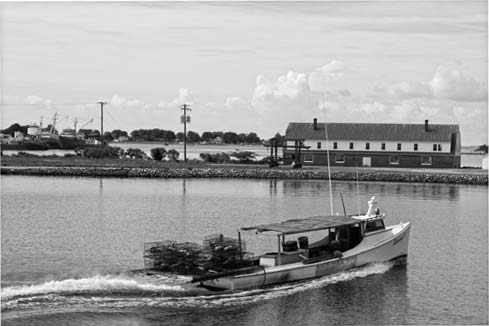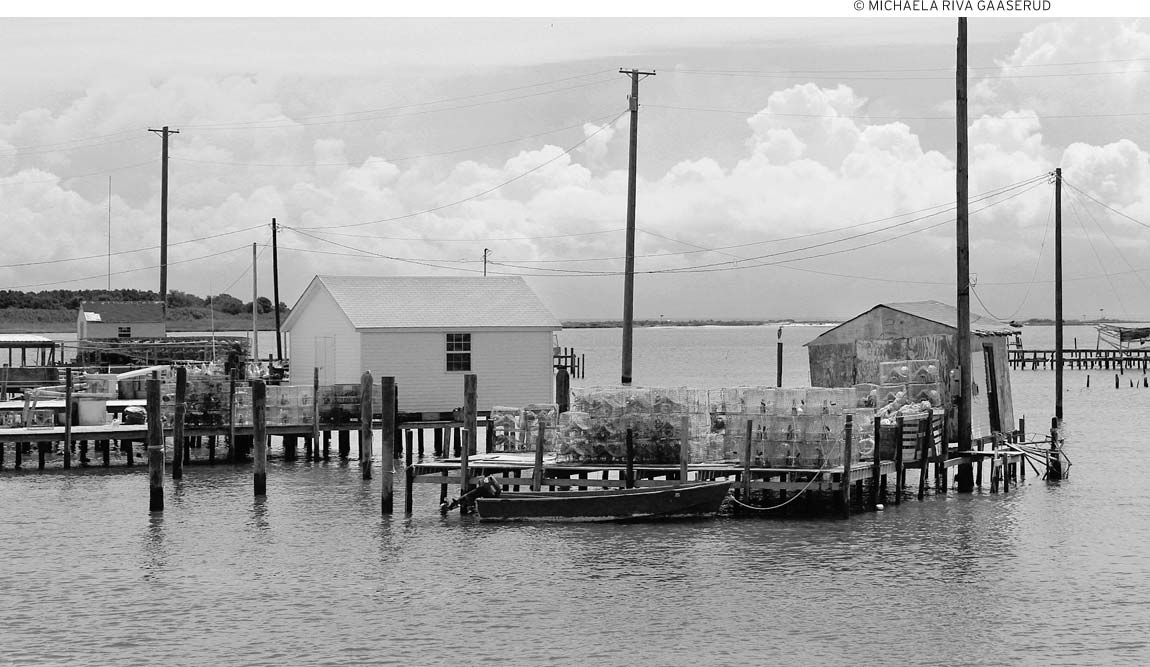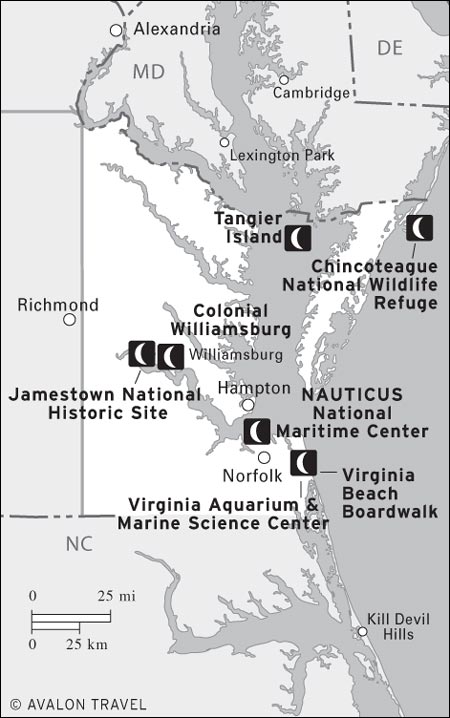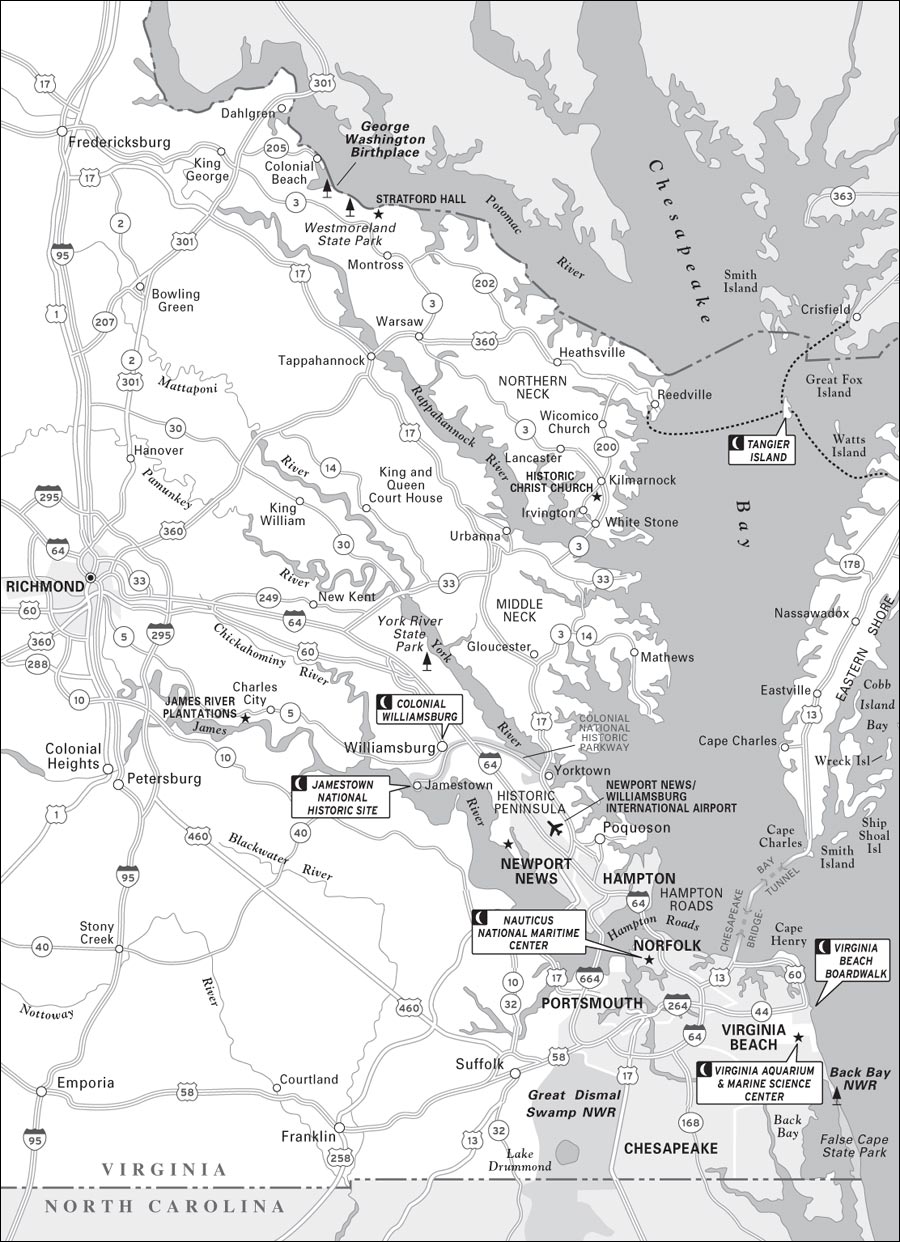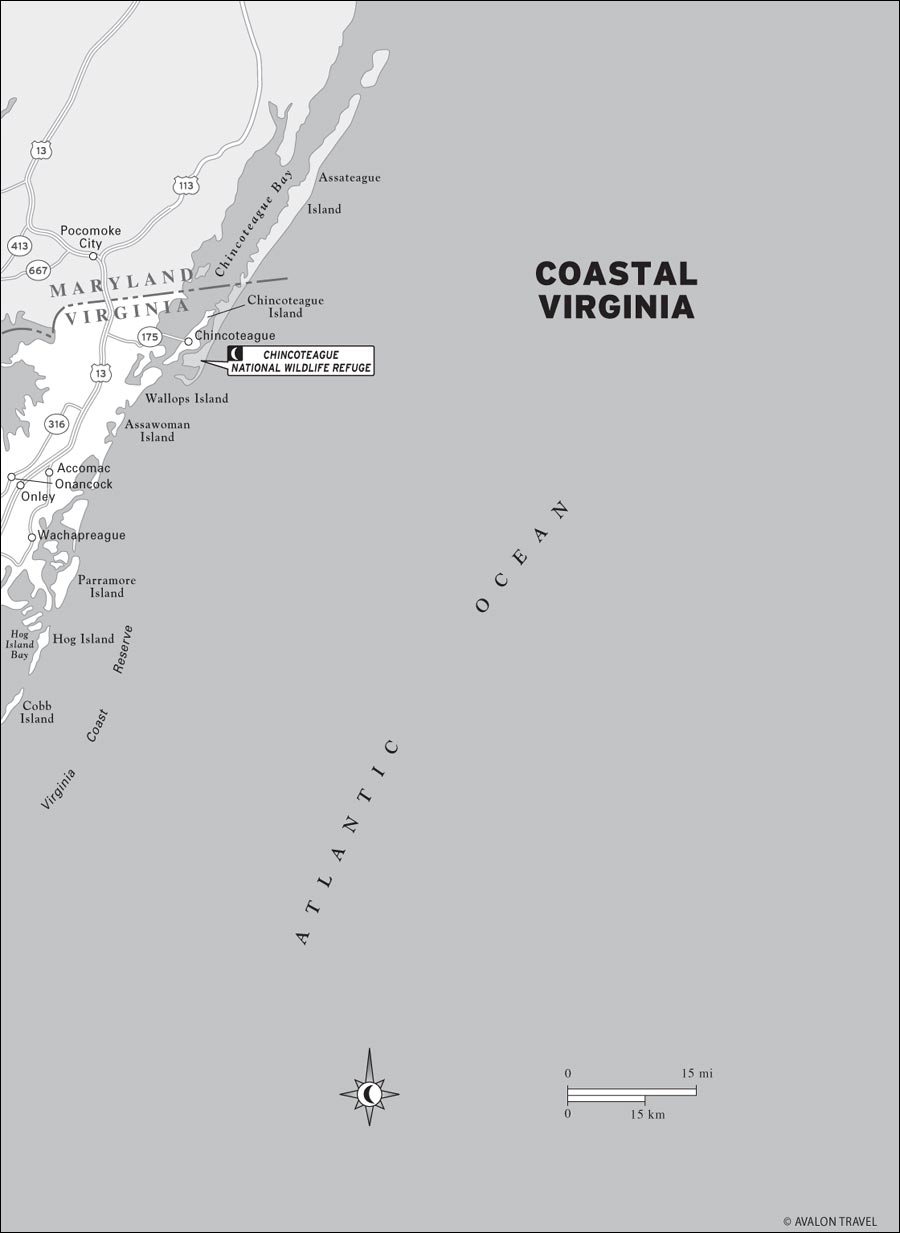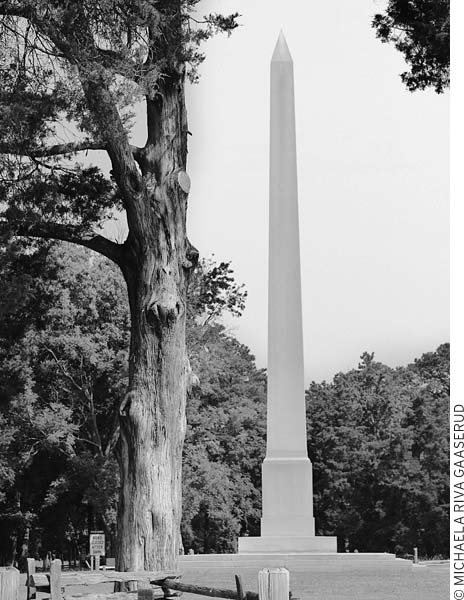Coastal Virginia sounds like a simple concept: where the Atlantic Ocean meets the land. However, its much more complicated than that. The Chesapeake Bay is a defining feature along the coast, and the area where it opens into the Atlantic Ocean has developed into one of the largest and busiest natural ports on the globe. Several large rivers empty into the Chesapeake Bay as well, including the Potomac, Rappahannock, James, and York Rivers.
The coastal region can be divided into five main areas. The first is the Northern Neck, which sits between the Potomac and Rappahannock Rivers, both of which flow into the bay. The Northern Neck is quiet and flat with many farms along the riverbanks. The area is quite historical and home to several noted sites including George Washingtons birthplace. The second area is known as the Historic Triangle, which includes the colonial cities of Williamsburg, Jamestown, and Yorktown. These cities sit along the James and York Rivers, which also flow into the Chesapeake Bay. Next is the huge area of Hampton Roads. This is where everything converges. The rivers flow into the bay just to the north, and the Chesapeake Bay flows into the Atlantic Ocean just to the east. The main cities in this area are Newport News, Hampton, and Norfolk. Then we have Virginia Beach. The Virginia Beach resort area is truly on the Atlantic Coast. Our final region, Virginias Eastern Shore, is sandwiched between the Chesapeake Bay on the west and the Atlantic Ocean on the east. It is sparsely populated compared to its mainland neighbors and offers charming historical towns and ample bird-watching and fishing.
LOOK FOR M TO FIND RECOMMENDED SIGHTS, ACTIVITIES, DINING, AND LODGING.
M Colonial Williamsburg: A living museum unmatched nationwide, Colonial Williamsburg takes visitors back in time. Its one of Americas most popular family destinations ().
M Jamestown National Historic Site: The original site of the Jamestown settlement spans centuries of history. Founded in 1607, it was an important settlement in the New World ().
M NAUTICUS National Maritime Center: This nautical-themed science and technology center in Norfolk is also home to the 887-foot USS Wisconsin ().
M Virginia Beach Boardwalk: The most popular beach resort in the state offers enough activity to keep visitors busy for daysplus wonderful access to miles of sand and surf ().
M Virginia Aquarium & Marine Science Center: Hundreds of exhibits, live animals, and hands-on learning make this amazing aquarium one of the most popular attractions in the state ().
M Tangier Island: This remote island in the middle of the Chesapeake Bay feels like another country. They even have their own language ().
M Chincoteague National Wildlife Refuge: These 14,000 acres of wildlife refuge protect thousands of birds and a herd of wild ponies. Visitors can enjoy miles of natural beaches and hike and bike through the marsh ().
PLANNING YOUR TIME
Visiting Coastal Virginia requires some planning, a love of water, and no fear of bridges. Although there is some public transportation between specific cities, the easiest way to get around is by car. Highway 64 runs from Richmond down to the Historic Triangle and Hampton Roads areas, while Routes 17 and 3 traverse the Northern Neck. Route 13 runs the length of the Eastern Shore.
Coastal Virginia is a beautiful region but one that takes days, not hours to explore. If you are limited on time, select one or two key destinations such as Williamsburg and Virginia Beach, or maybe spend a day or two on the Eastern Shore. Wherever you decide to go, keep in mind that the area is heavily visited in the summer months, so you will likely have a few thousand close friends to share the experience with, especially in the historical towns and beachfront areas.
If you are looking for a one-of-a-kind experience, spend a day visiting Tangier Island. This isolated sandbar of a town is 12 miles out in the Chesapeake Bay and almost feels like a completely different country.
The Northern Neck is a peninsula bordered by the Potomac and Rappahannock Rivers, not far from the Chesapeake Bay in an area approximately 75 miles from Washington DC. The Northern Neck is laden with history and was explored as early as 1608 by the famed Captain John Smith. George Washington, who was born here, called the region the Garden of Virginia for the tidewater landscape and many forests and creeks that shape this area of the state.
During the steamboat era between 1813 and 1937, the Northern Neck supported a network of approximately 600 steamboats. These mechanical works of art were used to transport both people and goods throughout the Chesapeake Bay area.
In modern times, the Northern Neck is still rural and supports generations of a thriving fishing industry. It is also a popular area for recreational boating and water sports. It offers small-town charm, historical sites, colonial architecture, and marinas. Many establishments are only open seasonally, so if you are traveling during the colder months, a quick call ahead could pay off.
SIGHTS
George Washington Birthplace
Although the father of our country only lived in the Northern Neck until he was three years old, his birthplace on Popes Creek Plantation (1732 Popes Creek Rd., Colonial Beach, 804/224-1732, ext. 227, www.nps.gov/gewa, daily 9am-5pm, free) is a lovely place to visit on the banks of the Potomac River. The National Park Service provides a visitor center with a film, exhibits, and bookstore. The actual house Washington was born in no longer exists (it burned down in 1779), but ranger talks about the historic area are offered on the hour between 10am and 4pm. There is a reconstructed colonial farm on-site with animals and tobacco operated by costumed interpreters. A one-mile nature trail is available and can be accessed from the picnic area. There is also a beach along the river, but no swimming is permitted. Relatives spanning five generations of Washingtons family are buried on the site in the Washington Family Burial Ground, including Georges father, grandfather, and great-grandfather.


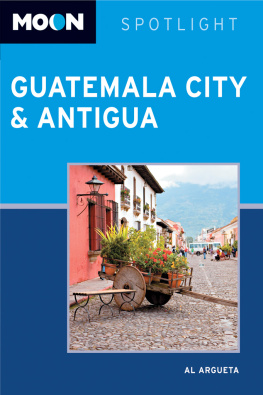
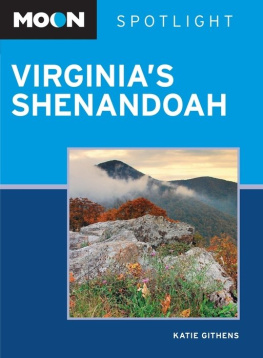
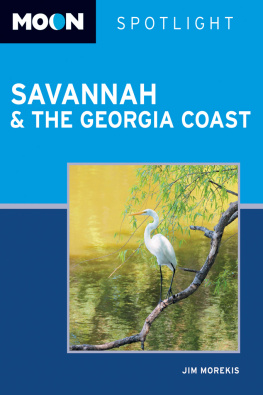
 SPOTLIGHT
SPOTLIGHT